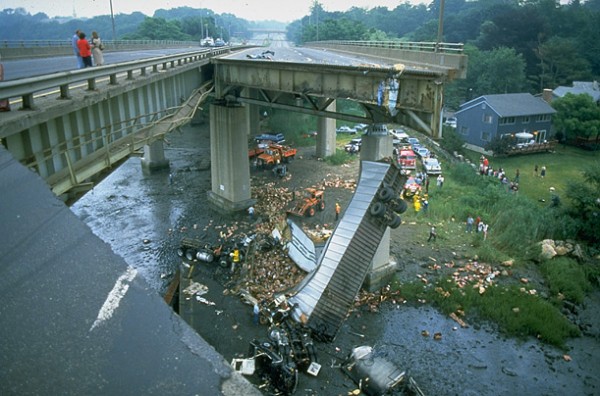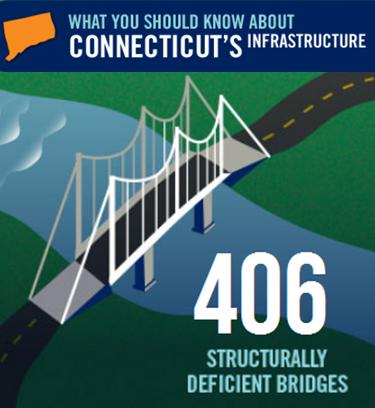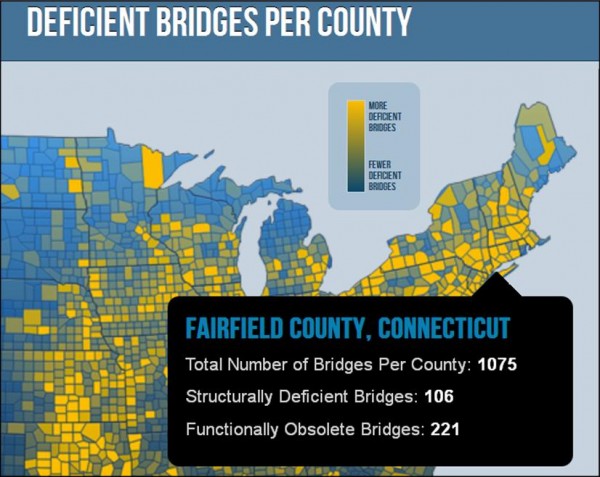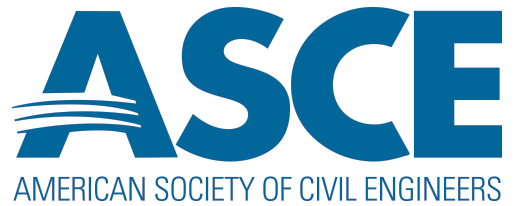Connecticut Road, Rail, Bridge Infrastructure Continues to Earn Scrutiny
/Often described as “an accident waiting to happen,” the condition of Connecticut’s road, rail and bridge infrastructure continues to earn scrutiny from policy makers and the public. In the transportation-congested Northeast corridor, the intertwining highway and rail bridges, often stacked above and below one another or alongside each other, underscore the potential consequences of infrastructure failure. The state legislature is poised this week to devote a portion of the state sales tax in the coming years to the start of a long-term transportation infrastructure revitalization plan proposed by Gov. Malloy.
“Improving safety features on Connecticut’s roads and highways would likely result in a decrease in the state’s traffic fatalities and serious crashes,” a report in December 2014 by TRIP, a nonprofit organization that researches transportation issues, pointed out. “It is estimated that roadway features are likely a contributing factor in approximately one-third of all fatal and serious traffic crashes.”
The report noted that “highways are vitally important to continued economic development in Connecticut, particularly to the state’s tourism, farming, agriculture, manufacturing, and insurance industries. As the economy expands, creating more jobs and increasing consumer confidence, the demand for consumer and business products grows. In turn, manufacturers ship greater quantities of goods to market to meet this demand, a process that adds to truck traffic on the state’s highways and major arterial roads.”
Amtrak's ridership through the Northeast corridor, including Connecticut, is up 50 percent since 1998, boosted by the introduction of high-speed trains. A record 11.6 million riders rode Amtrak in the corridor in fiscal year 2014, the Associated Press recently reported. Commuter railroads that rely heavily on the rail corridor, like the Metro-North Railroad serving New York and Connecticut, also have been breaking ridership records.
That same report, however, indicated that half of the route's 1,000 bridges are around a century old. Not all are at the end of their useful lives, but at current funding levels, it would take 300 years to replace all of them, according to the Northeast Corridor Commission of transportation officials, the AP reported.
“The terrible tragedy in Philadelphia is only the most recent reminder of the tremendous backlog of basic repairs and safety upgrades we have accumulated as the result of years of underinvestment in this critical asset,’’ U.S. Senator Chris Murphy said recently. He’s proposing that $555.8 million in the president’s budget for Northeast Corridor rail improvements to be directed at rail-safety projects only. Murphy calls the $555.8 million a “drop in the bucket,’’ noting that the Northeast Corridor repair backlog currently stands at $21.1 billion.
 As one example, state officials are working on a plan to replace a swinging bridge over the Norwalk River, built in 1896. "As a piece of engineering, it's just amazing," John Bernick, assistant rail administrator for the state Department of Transportation told the AP. "But, it's certainly reached its retirement age.” The computer that operates the bridge is from the 1980’s, and replacing the bridge could cost as much as $650 million.
As one example, state officials are working on a plan to replace a swinging bridge over the Norwalk River, built in 1896. "As a piece of engineering, it's just amazing," John Bernick, assistant rail administrator for the state Department of Transportation told the AP. "But, it's certainly reached its retirement age.” The computer that operates the bridge is from the 1980’s, and replacing the bridge could cost as much as $650 million.
Last October state officials announced a plan, using state and federal funds, for the design and replacement of that century-old Walk Bridge, which malfunctioned in two separate incidents within a two week period last summer. The project is be funded with 34 percent state funds and 66 percent federal funds. Officials anticipate the design for the replacement bridge, which began last July, to be complete by 2016. With a contract bid package complete by late 2016, construction of the replacement bridge could begin in 2017 with a completion date in 2020.
A report in 2010 from the Federal Highway Administration found that out of 4,186 bridges in Connecticut, 378 bridges were considered structurally deficient and 1,028 bridges were considered functionally obsolete. In 2008, a report by TRIP, indicated that the average age of bridges in Connecticut was 40 years, and that 46 percent of the state’s bridges were built prior to 1960. The organization’s updated report, in December 2014, found that 35 percent of Connecticut bridges are in need of repair, improvement or replacement. Ten percent of the state’s bridges are structurally deficient and 25 percent are functionally obsolete.
Annually, $143 billion in goods are shipped from sites in Connecticut and another $119 billion in goods are shipped to sites in Connecticut, mostly by truck, the 2014 TRIP report indicated. Forty-one percent of Connecticut’s major locally and state-maintained roads and highways have pavements in poor condition, while an additional 41 percent of the state’s major roads are rated in mediocre or fair condition and the remaining 18 percent are rated in in good condition.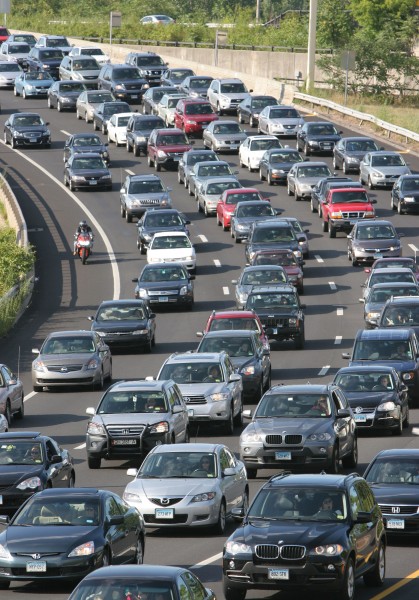
In addition, Connecticut has more than 3,400 bridges and culverts on municipally maintained roads, according to the state Department of Transportation. Construction and maintenance of these expensive structures is the responsibility of the cities and towns who own them. The state legislature, which is scheduled to adjourn on Wednesday, is considering a proposal that would increase the available funds under the State Local Bridge Program to assist local municipalities for FY 2016 applications to $15 million and would add $10 million for FY 2017 applications.
The TRIP report concluded that “making needed improvements to Connecticut’s roads, highways and bridges could provide a significant boost to the state’s economy by creating jobs in the short term and stimulating long-term economic growth as a result of enhanced mobility and access,” warning that “without a substantial boost in federal, state and local highway funding, numerous projects…will not be able to proceed, hampering the state’s ability to improve the condition of its transportation system and to enhance economic development opportunities in the state.”


 one’s throw away. The reconstruction of the I-95/I-91/Route34 interchange in New Haven began in 2011 and is estimated to be completed in 2016, at a cost of $359.9 million.
one’s throw away. The reconstruction of the I-95/I-91/Route34 interchange in New Haven began in 2011 and is estimated to be completed in 2016, at a cost of $359.9 million.
